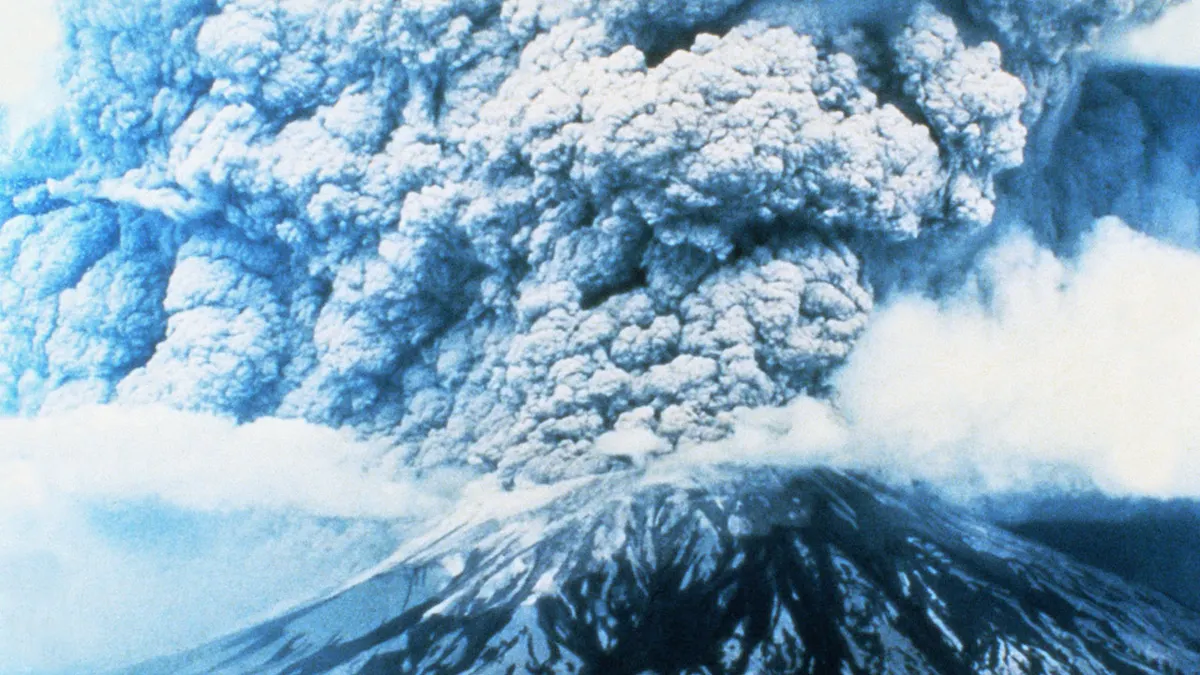The eruption of Mount St. Helens on May 18, 1980, was indeed a significant event in the history of volcanic activity in North America. The eruption was triggered by a massive landslide, which caused the mountain’s north flank to collapse, unleashing a powerful lateral blast that devastated an area of about 230 square miles (600 square kilometers) around the volcano.
The eruption expelled a massive plume of ash and volcanic gases into the atmosphere, reaching heights of up to 80,000 feet (24 kilometers). The ash cloud drifted eastward across the United States, causing widespread disruption to air travel and blanketing areas as far away as the Midwest with ash.
The immediate impact of the eruption was devastating, with the lateral blast destroying forests, roads, bridges, and buildings in its path. The eruption also triggered lahars (mudflows) and pyroclastic flows, which further contributed to the destruction.
In total, 57 people lost their lives in the eruption, including volcanologists who were studying the mountain at the time. The landscape around Mount St. Helens was dramatically altered, with the once-conical summit now replaced by a horseshoe-shaped crater.
The eruption of Mount St. Helens served as a reminder of the power and unpredictability of volcanic activity, prompting increased monitoring and research efforts to better understand and mitigate the risks posed by active volcanoes.

